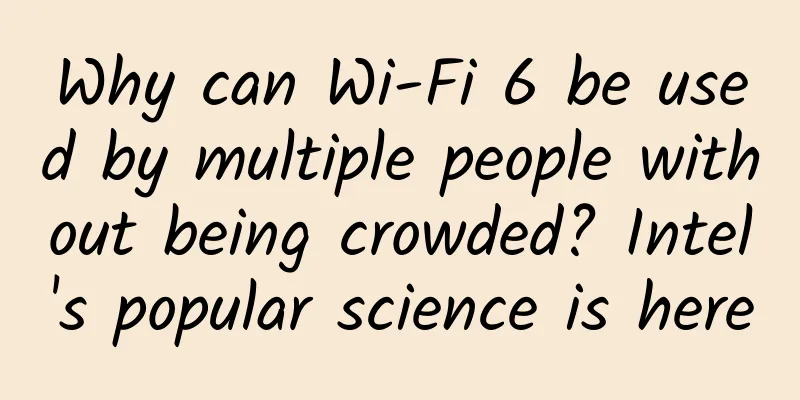FAA announces agreement with AT&T, Verizon to expand C-band 5G signals

|
The Federal Aviation Administration (FAA) said it has reached an agreement with AT&T and Verizon to expand 5G service in a way that mitigates aircraft safety concerns, with the current issues centering around planned C-band spectrum that could bolster existing 5G coverage. As early as 2021, the FAA expressed concerns that the use of spectrum by operators such as Verizon and AT&T would interfere with aircraft safety mechanisms. Last Friday, the FAA announced that it had reached an agreement with the carriers. Although AT&T and Verizon promised to create a two-mile "buffer zone" around some airport runways, the new announcement suggests the two sides are working to find a more long-term solution. The FAA said in a statement that it "appreciates" the telecom companies' strong communication and cooperation in providing more precise data on the locations of wireless transmitters and a deeper look into how 5G signals interact with sensitive aircraft components. "The FAA used this data to determine it is possible to safely and more accurately map the size and shape of areas around airports where 5G signals are mitigated, reducing areas where wireless carriers have delayed activating antennas. This will allow wireless communications providers to safely turn on more cell towers as they deploy new 5G service in major U.S. markets." In addition to the FAA, airlines have also expressed concerns about the rollout of 5G. Earlier in January, a joint letter signed by 13 major airlines warned of "catastrophic disruption" if the rollout continues as planned. The C-band spectrum is well suited to help expand 5G service in the United States and is currently being used in countries such as France without causing reports of disruptions to airline services. |
<<: Faced with slowing growth, operators need to change their roles
>>: Just look at these three pictures and you can understand the OTN layered structure
Recommend
This article tells you how to implement IP location function
In web development and network applications, impl...
Aruba Named a Leader in Gartner Magic Quadrant for Enterprise Wired and Wireless LAN Infrastructure for Sixteenth Consecutive Year
Beijing - November 30, 2021 – Aruba, a Hewlett Pa...
Huawei's approach to building smart cities under four major constraints
[51CTO.com original article] The rapid developmen...
US telecom companies agree to delay 5G deployment
Recently, the U.S. aviation and telecommunication...
Can different network segments in the same VLAN be pinged? Summary and analysis of various intercommunication and incommunicability in the network
The IP addresses of the same VLAN and the same ne...
Health and Risk: A New Model for Data Center Capacity Management
Some analysis companies believe that capacity man...
The essence of 5G is speed upgrade! Packages will become cheaper and cheaper
[[356187]] About two years ago, when 5G had just ...
How does the redundancy function of Industrial Ethernet ensure the stability of the network?
Due to the extremely high requirements of industr...
Sailing on the sea depends on the helmsman. Where will FONE take the ship of financial digitalization?
Entering the digital age, digital survival abilit...
5G latency: Why faster networks matter
When you look at your mobile network or home broa...
F5G, not so mysterious
[[342086]] This article is reprinted from the WeC...
Interpretation: Radio and Television "One Network Integration" and 5G Business
On the afternoon of March 2, the State Administra...
What other issues do we need to address to grow our business?
Consumers in today's world are more "fic...
Top 10 Network Monitoring Software and Visibility Tools
If you need to understand what's happening on...
Hosteons Salt Lake City AMD Ryzen Series Promotion $3/month-1GB/20G NVMe/4TB@10Gbps Bandwidth
Hosteons is currently promoting the Salt Lake Cit...









